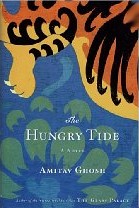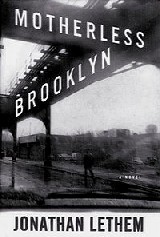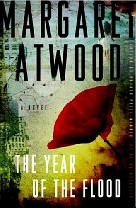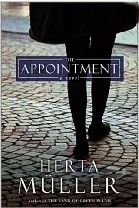Regarding the Pain of Others (2003),
essays by Susan Sontag.
The way war photos are used for propaganda and indoctrination, or for thoughtful discussion.
The way that many are staged.
The safe distance:
"Pity is cheap,
unless it issues, as it seldom does, in concrete intervention to alleviate
suffering. Sooner or later, emotional overload kicks in, and we look the other
way.
... We don't get it. We can't truly imagine what it was like. We can't
imagine how dreadful, how terrifying war is; and how normal it becomes. Can't
understand, can't imagine."
But Sontag reminds us not to dismiss all images of violence: they are crucial in
reminding us to remember that "countless wars ... have been
the rule, rather than the exception, in human life".
The book jacket reports that Sontag
"makes a fresh appraisal of the arguments about how pictures can
inspire dissent, foster violence, or create apathy, evoking a long history of
the representation of the pain of others".
It adds:
"This is also a book about how war itself is waged (and understood) in our time,
... reflection on the modern understanding of violence and atrocity.
... a stinging attack on the provincialism of media pundits who denigrate the
reality of war, and a political understanding of conflict, with glib talk about
a new, worldwide 'society of spectacle'".
"To photograph is to appropriate the thing
photographed," Sontag wrote; "There is an aggression implicit in every use of the camera."
Another book by Sontag:
The Volcano Lover.
 Links.
Links.
 Booker Prizes
Booker Prizes
 Chocolate.
Chocolate.
 Books read
Books read
 Best books read in 2009.
Best books read in 2009.
 Best writers of poetry and prose
Best writers of poetry and prose
 Harry Potter;
also
Harry Potter en Español.
Harry Potter;
also
Harry Potter en Español.
 New books on Christianity and Spirituality
New books on Christianity and Spirituality

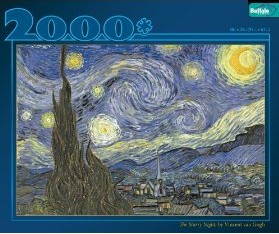
 Why read a book?
Why read a book?
 The Mental Health of George W. Bush
The Mental Health of George W. Bush


